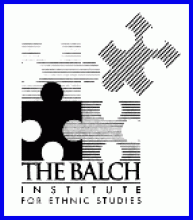By exploring Leonard Covello’s work, the lesson aims to encourage broader discussions about the current situation of immigrant communities in the United States. The lesson uses two readings. The first is an excerpt from A High School and Its Immigrant Community: A Challenge and an Opportunity, by Leonard Covello. The article has a detailed study of the social and economic conditions of East Harlem by the early-twentieth century, emphasizing the impact of immigrant groups in East Harlem, NY. The author highlights the role of education, and the public schools, to tackle the common problems that affect immigrant adults, and immigrant-born children. The article also introduces Covello’s community-centered school framework. The second reading is “Who is coming to America” by Sam Robert. This article provides a historical overview about the waves of immigration to the United States since the early-twentieth century. Roberts compares and analyses the past century with the current situation of new settlers, and explains the causes of certain changes in each period, such as the increase of Asian and Latin American immigrants in the past decades. Roberts also reflects about the social and cultural impact of a new life in the United States among foreigners and their children. Additionally, the article contains a series of graphics that shows the variations (country of origin, distribution of the population by states, income earned) between the years 1900 and 2007.
Both authors analyze the ethnic history of the country in different periods and will provide the students with an overview about the immigration situation in the country since the past century, its challenges and outcomes. The comparative analysis of these readings will help the students to write a short essay to reflect about the immigrant communities over time and space.
Para ver una explicación de la Unidad en español, click Aquí.




